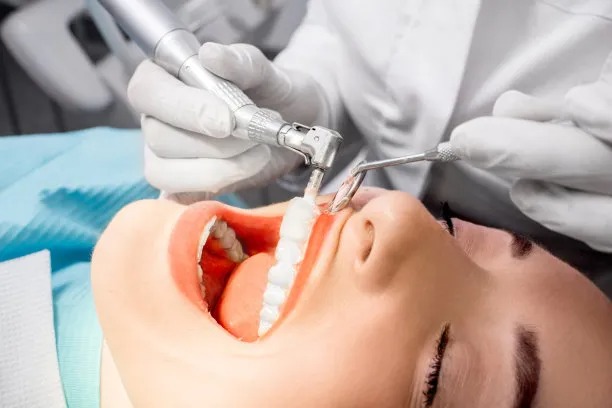Essential Guidelines for Ensuring Safety and Success in Dental Implant Procedures
Summary: Dental implants have revolutionized the field of restorative dentistry, providing patients with a durable solution for tooth loss. However, the success of these procedures depends heavily on adherence to essential guidelines that ensure both safety and efficacy. This article explores four key aspects: comprehensive patient evaluation, meticulous surgical technique, post-operative care and follow-ups, and continuous education for dental professionals. By following these guidelines, dental professionals can enhance the likelihood of successful outcomes while minimizing complications for their patients.
1. Comprehensive Patient Evaluation is Crucial

Before embarking on a dental implant procedure, thorough patient evaluation is imperative. A detailed patients medical history helps identify any underlying conditions such as diabetes or cardiovascular diseases that could affect healing and implant integration. Furthermore, understanding patient habits, such as smoking or oral hygiene practices, can guide the treatment plan effectively.
Clinical examinations and imaging technologies like 3D cone beam CT scans provide critical information about the jawbones density and anatomy, allowing for accurate placement of implants. Assessing the suitability of bone structure ensures a solid foundation for the implant, which is vital for long-term success.
Lastly, an open dialogue with the patient about their expectations and concerns is part of a comprehensive evaluation. This transparency builds trust and facilitates better decision-making regarding the treatment process and possible alternatives.
2. Meticulous Surgical Technique Matters
The surgical technique employed during dental implant placement is another critical factor for success. A sterile environment must be maintained throughout the procedure to minimize the risk of infection. Dentists should follow established protocols for asepsis to ensure patient safety.
Careful planning of the implant site is essential. Using computer-assisted surgical guides can aid in the precise placement of implants, reducing the risk of human error and optimizing the anatomical positions. This precision is necessary not only for the initial placement but also for the successful integration of the implant with the surrounding bone.
Finally, monitoring the patients comfort and managing pain effectively during the procedure contributes to a positive experience. Employing sedation techniques when necessary can help ease anxiety and ensure the patient remains calm, allowing for better focus on the surgical aspect.
3. Post-Operative Care and Follow-Ups
Post-operative care is vital in ensuring the success of dental implant procedures. After surgery, patients should be provided with clear instructions on how to care for the implant site, including diet modifications and oral hygiene practices. This guidance helps prevent complications such as infections or implant failure.
Regular follow-up appointments are equally important. They allow the dental professional to monitor the healing process, assess the integration of the implant, and address any issues that may arise promptly. Such proactive measures help in early detection of potential complications, ultimately ensuring better outcomes.
Additionally, encouraging patients to report any unusual symptoms, such as swelling or persistent pain, can provide critical information for timely intervention. The more engaged patients are in their follow-up care, the higher the chances of successful implant integration.
4. Continuous Education for Dental Professionals
Ongoing education for dental professionals is imperative in keeping up with the latest advancements in implant technology and techniques. Attending workshops, seminars, and taking part in specialized training can enhance the knowledge and skills necessary for safe and effective implant procedures.
Networking with peers and sharing experiences can also provide valuable insights that help identify best practices. Learning from case studies and clinical outcomes allows professionals to adapt their methods and improve patient care.
Furthermore, staying informed about new research and emerging technologies in the field ensures that practitioners can offer the best possible treatment options to their patients. As the field of dentistry evolves, continuous education becomes a critical component for success.
Summary:
In conclusion, ensuring safety and success in dental implant procedures involves a multifaceted approach. Comprehensive patient evaluations, meticulous surgical techniques, diligent post-operative care, and continuous education for dental professionals are essential guidelines that contribute to positive outcomes. By adhering to these principles, dental practitioners can provide their patients with safe, effective, and long-lasting solutions for tooth loss.
This article is compiled by Vickong Dental and the content is for reference only.


